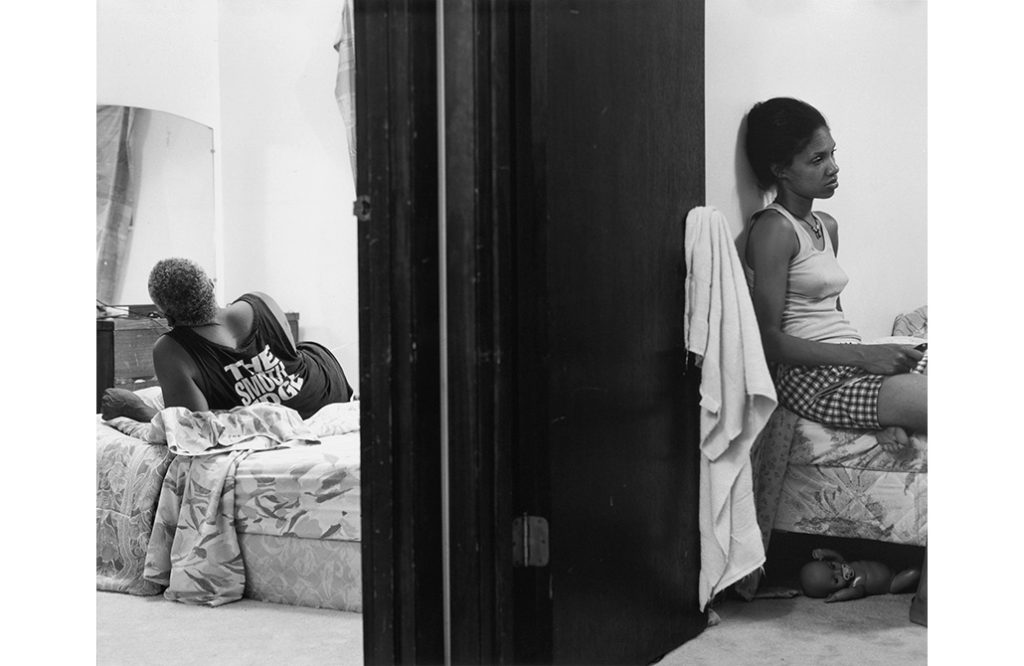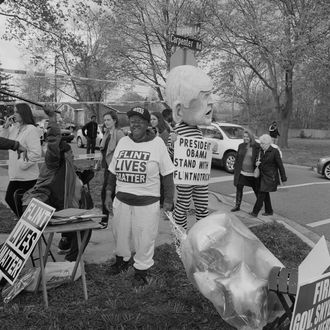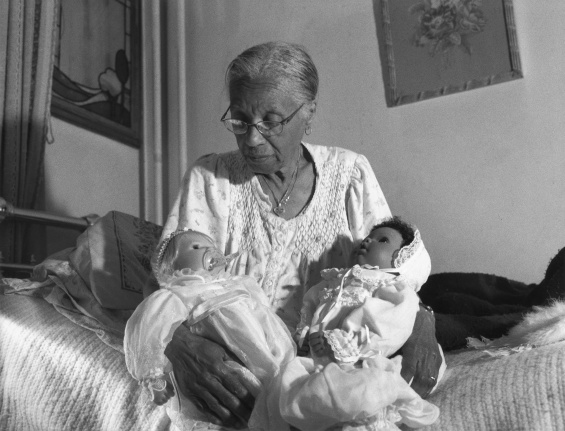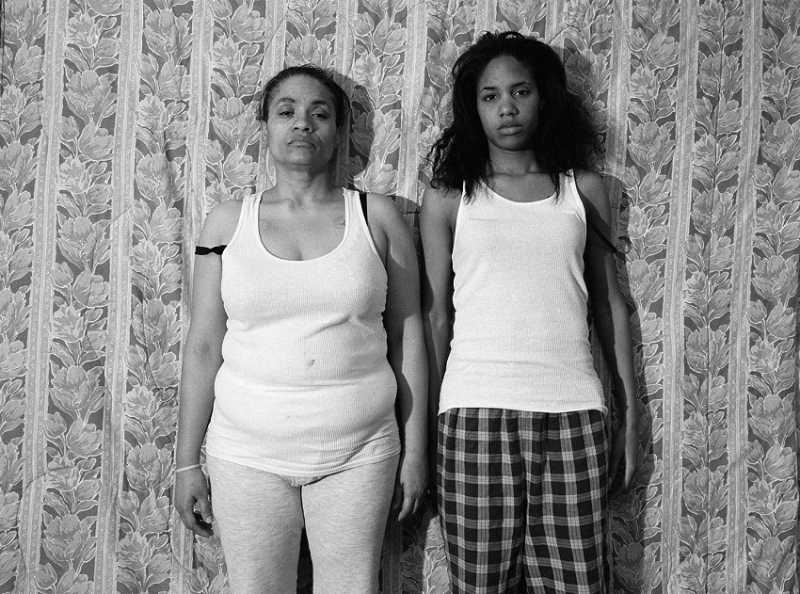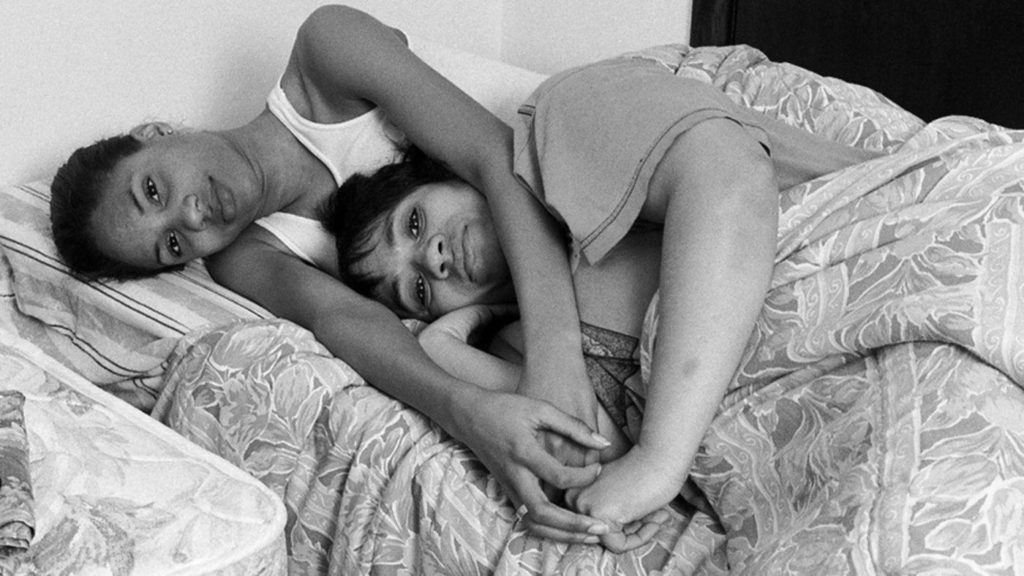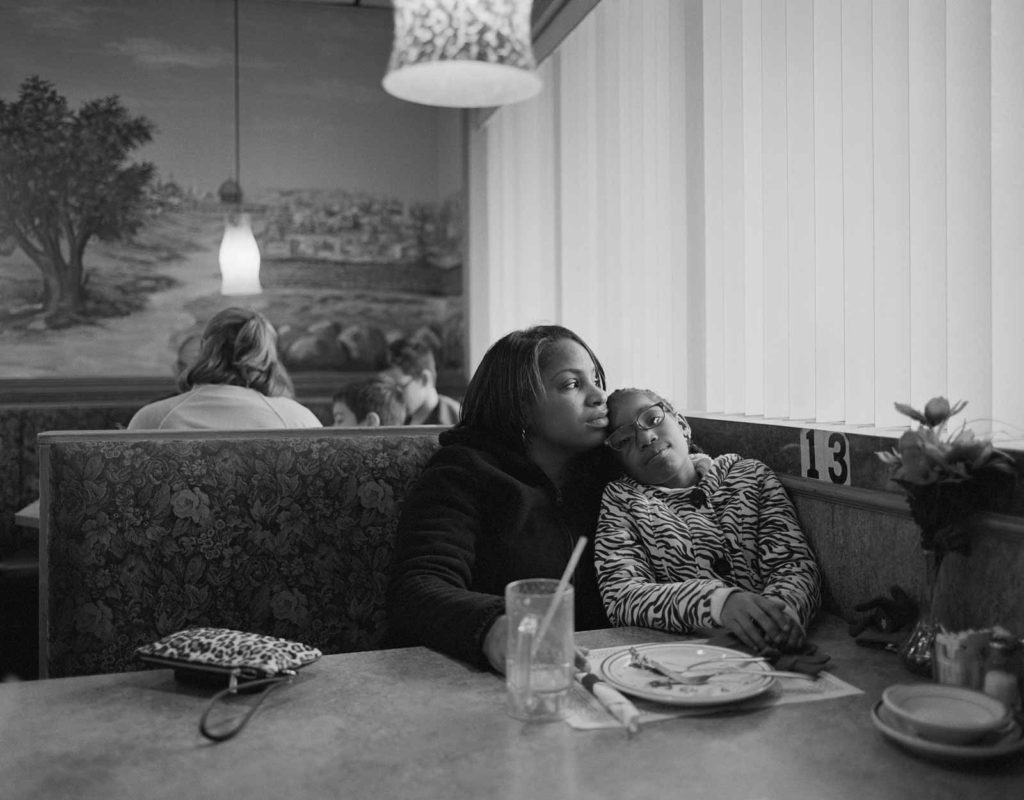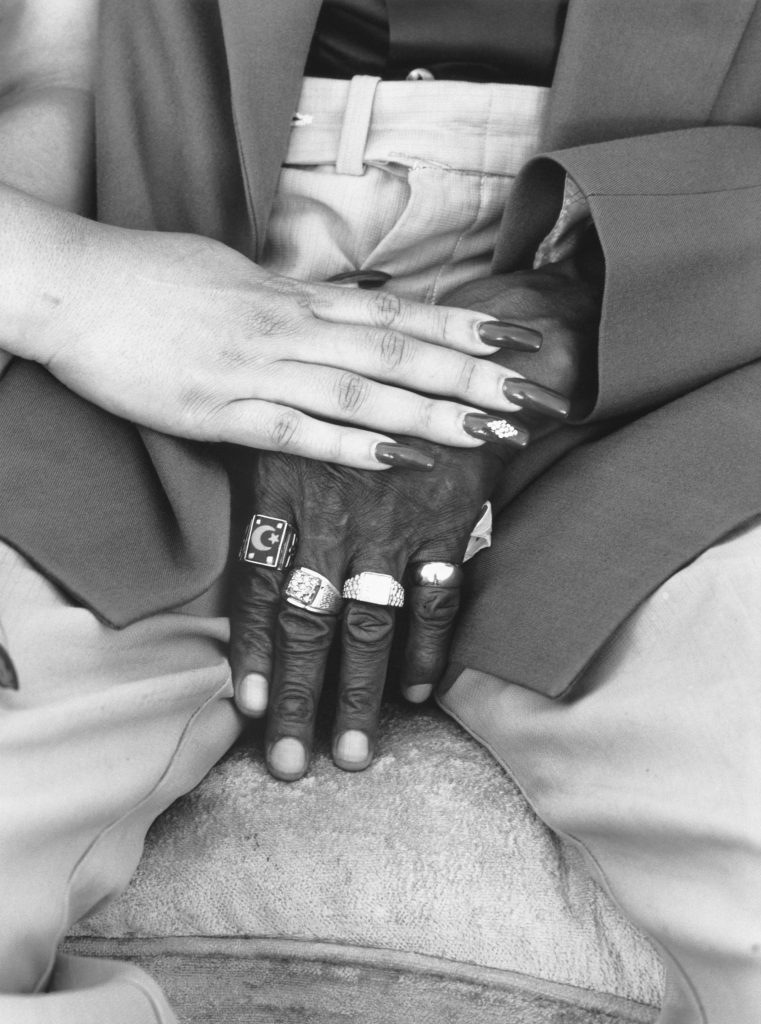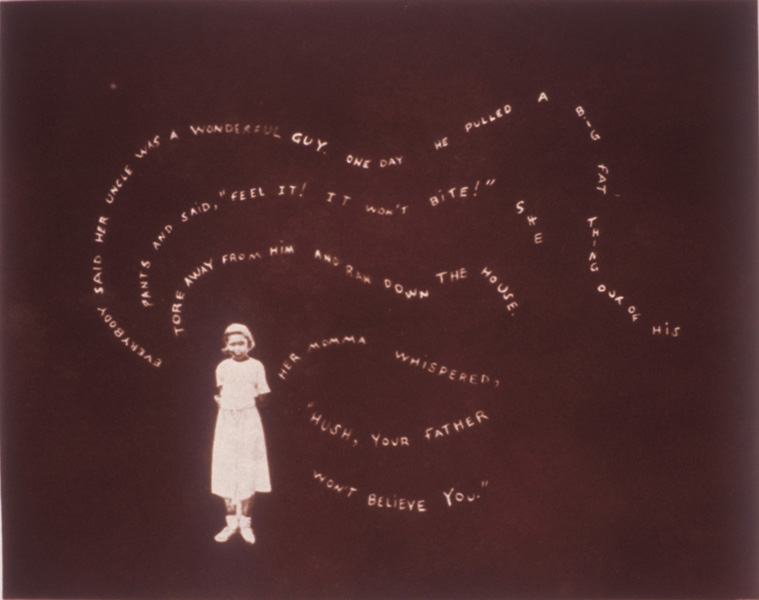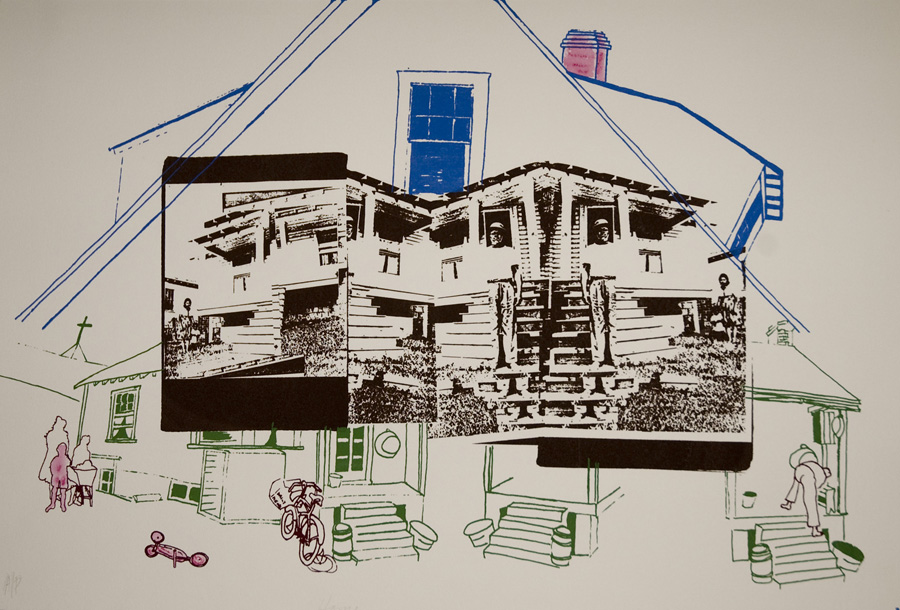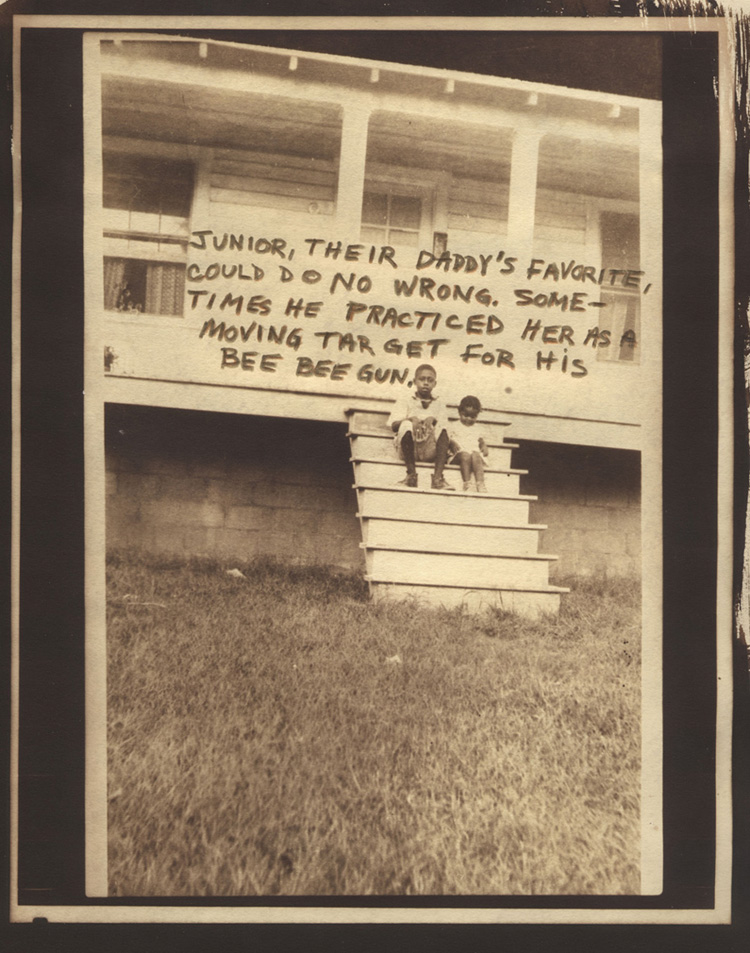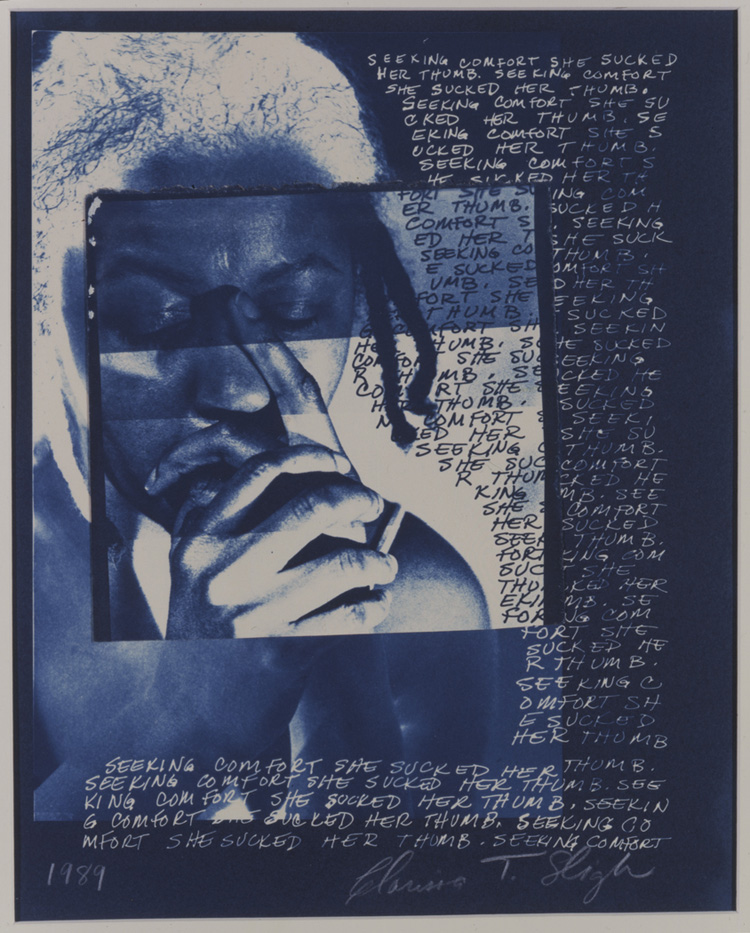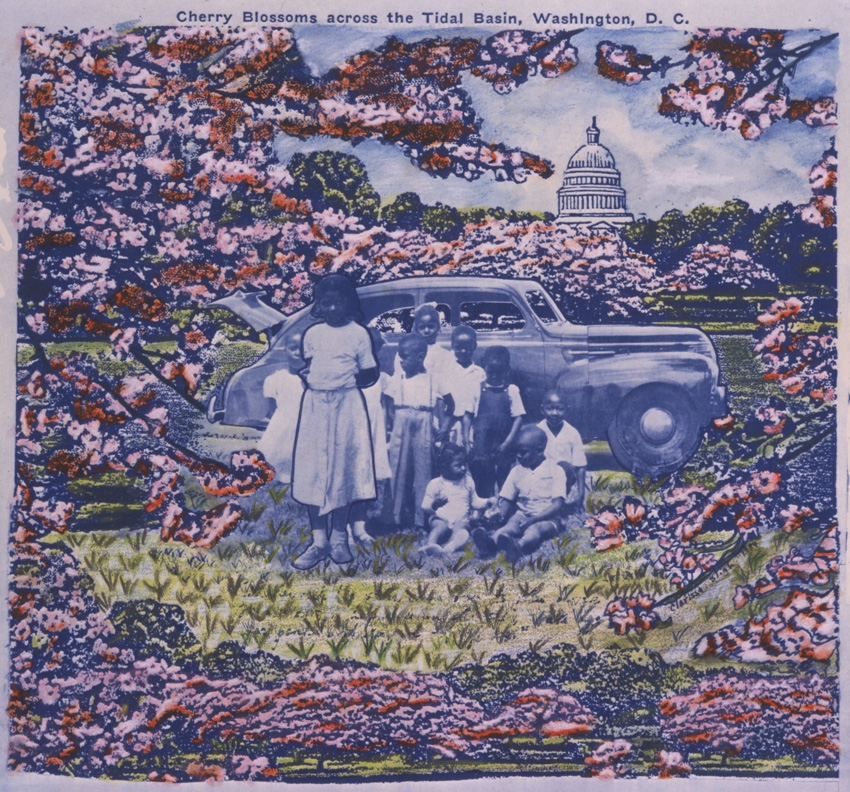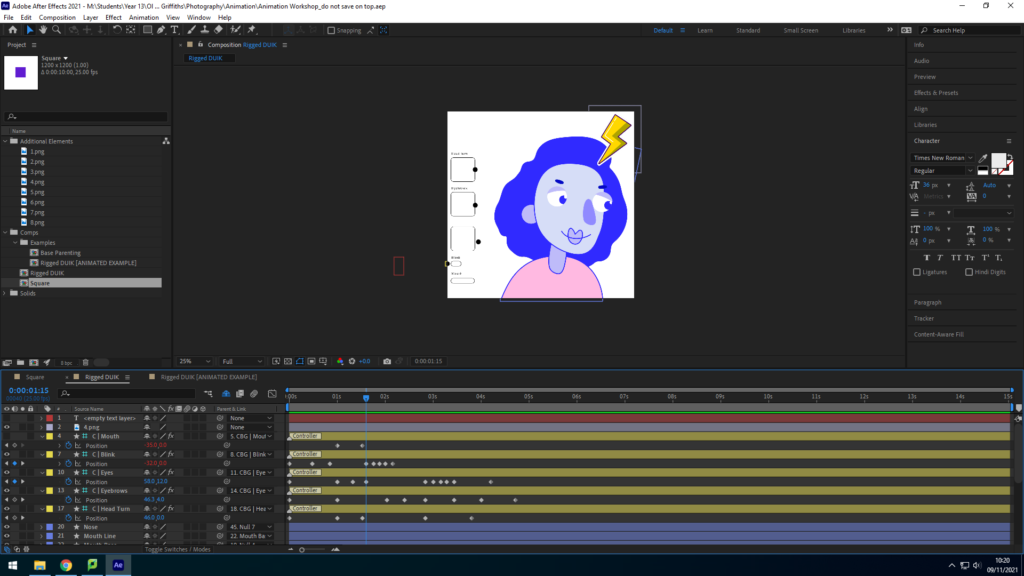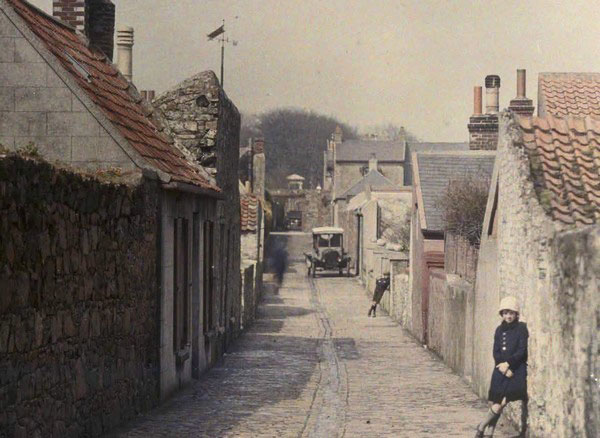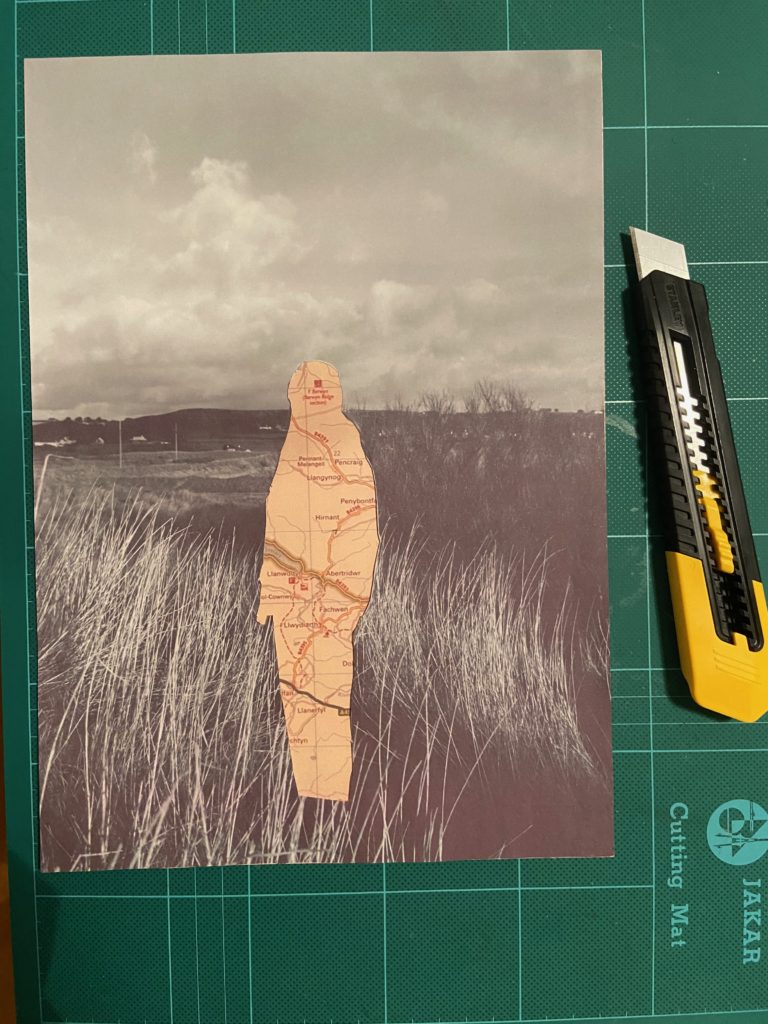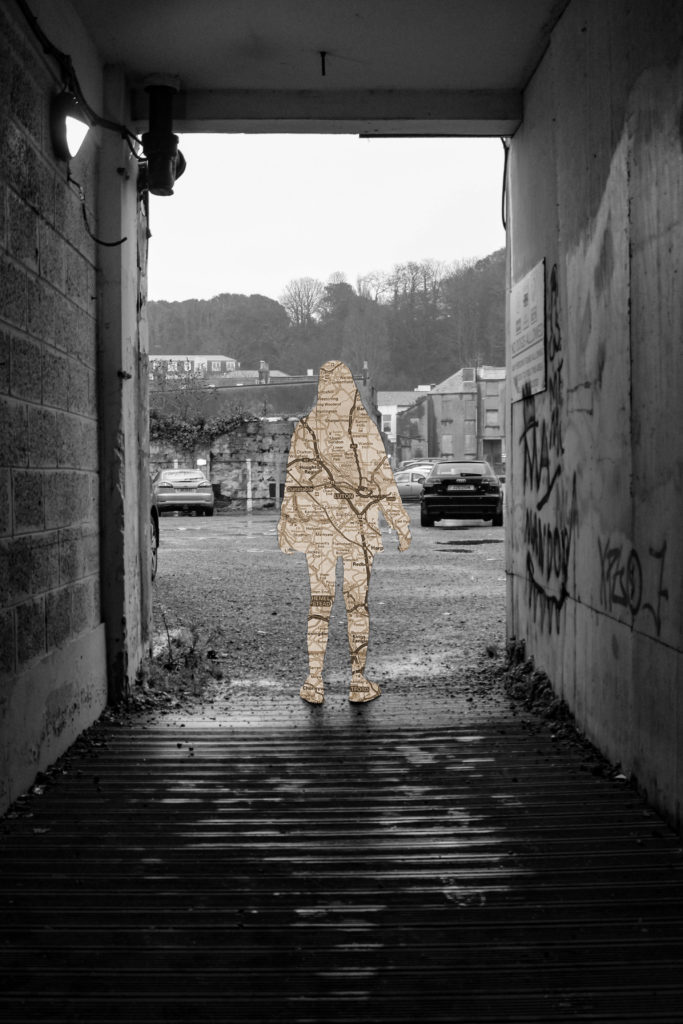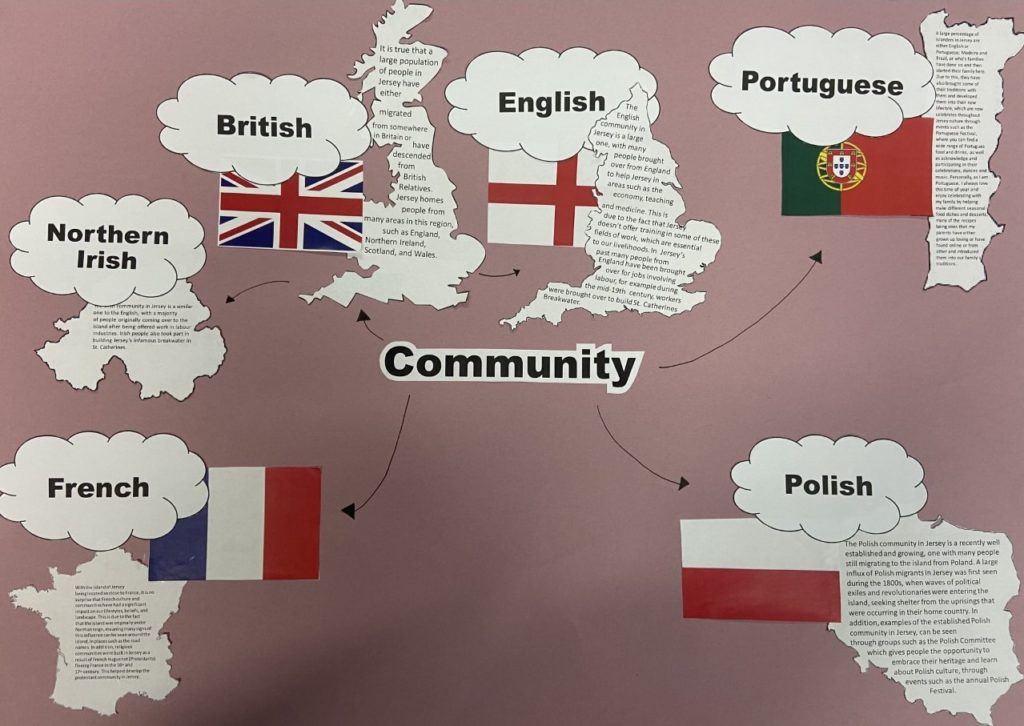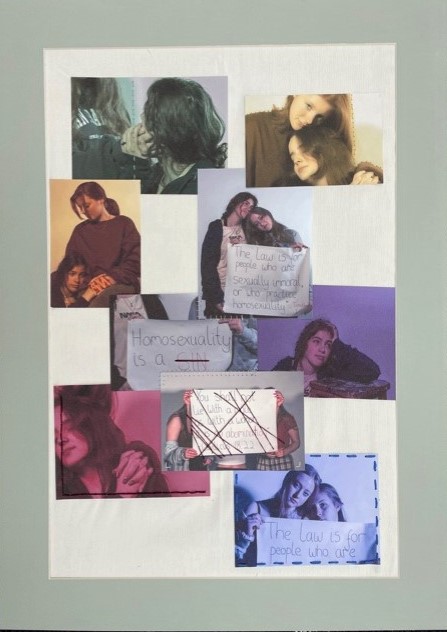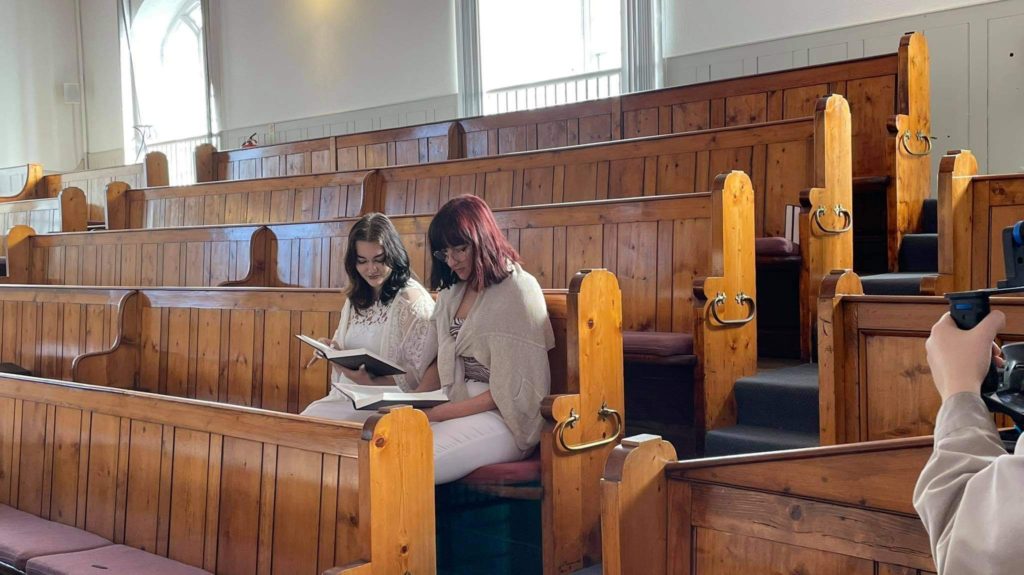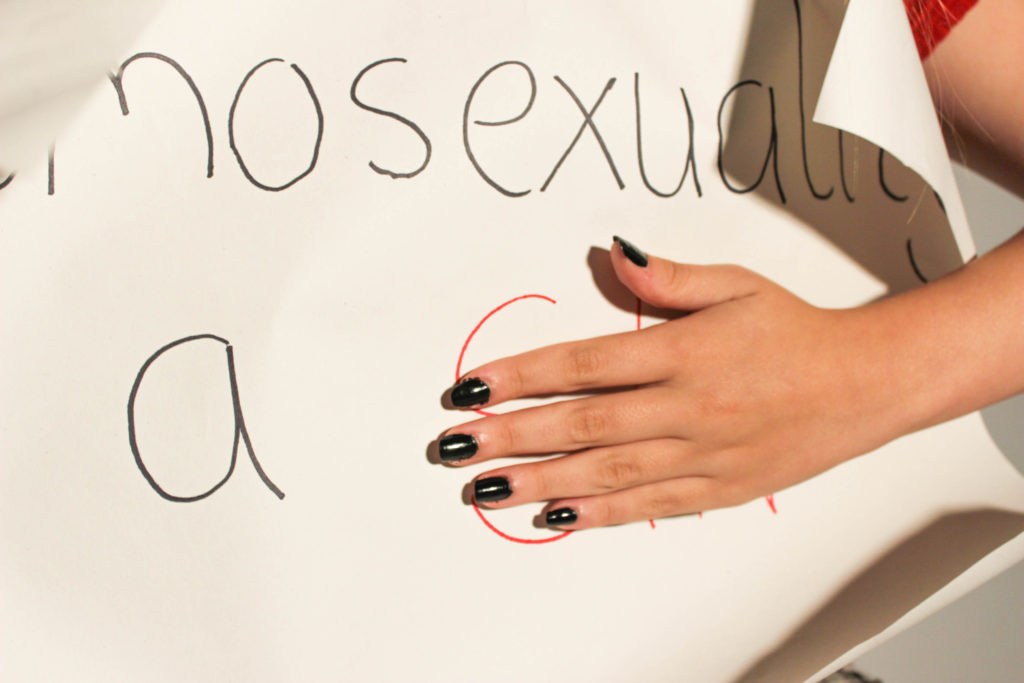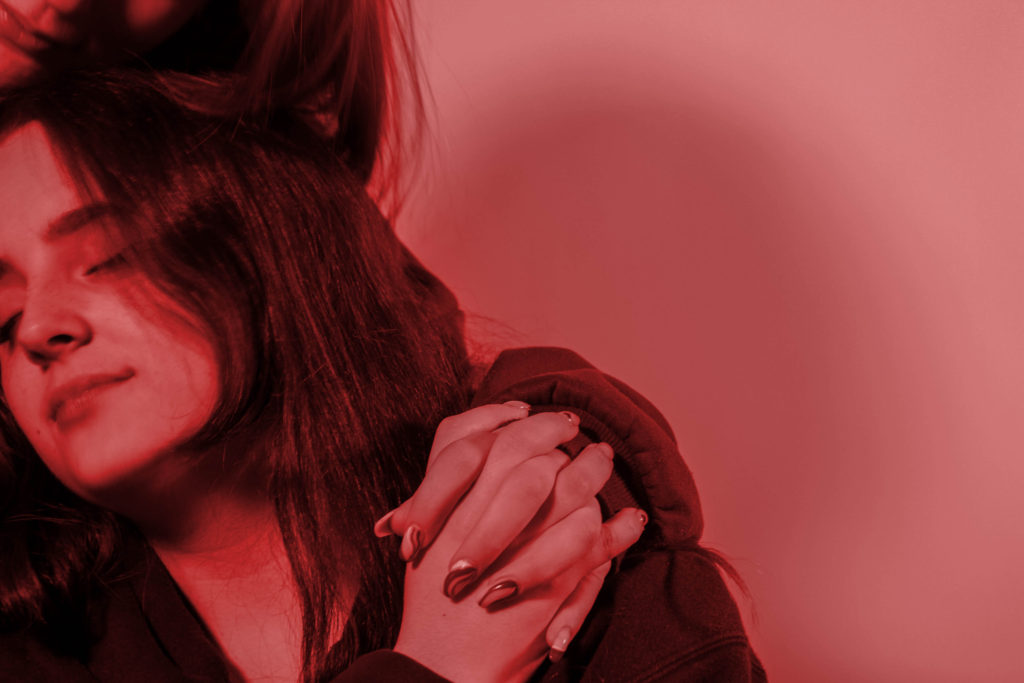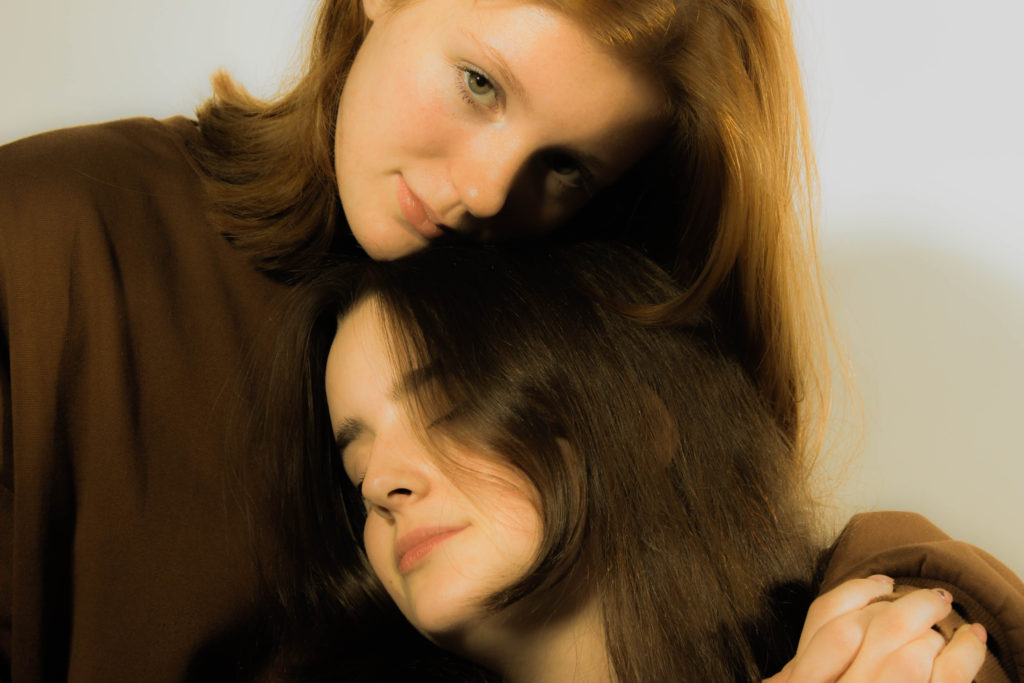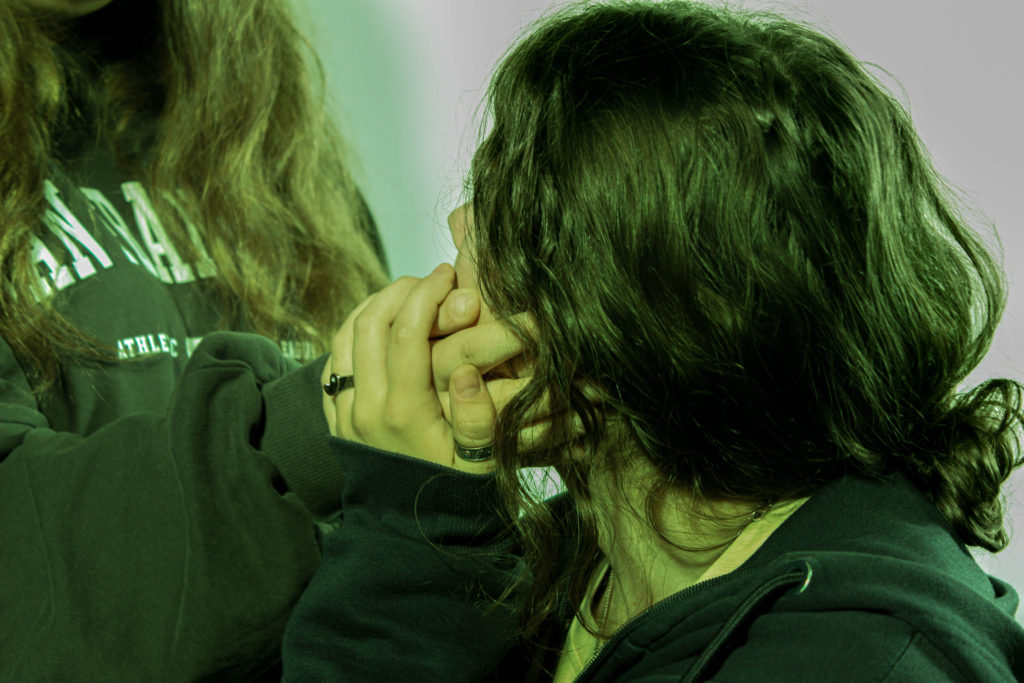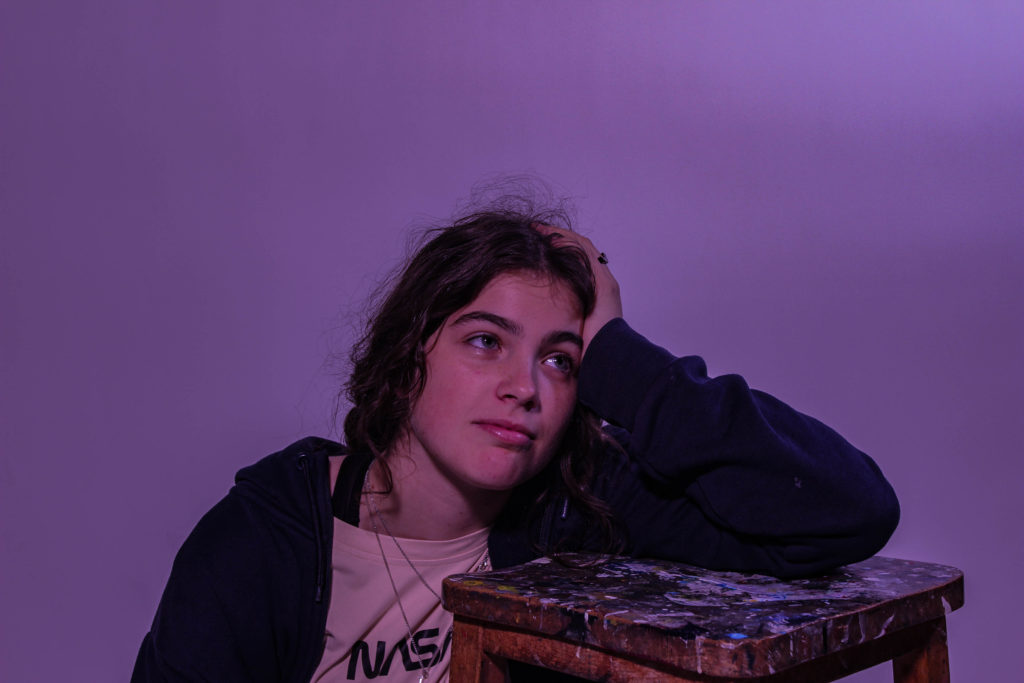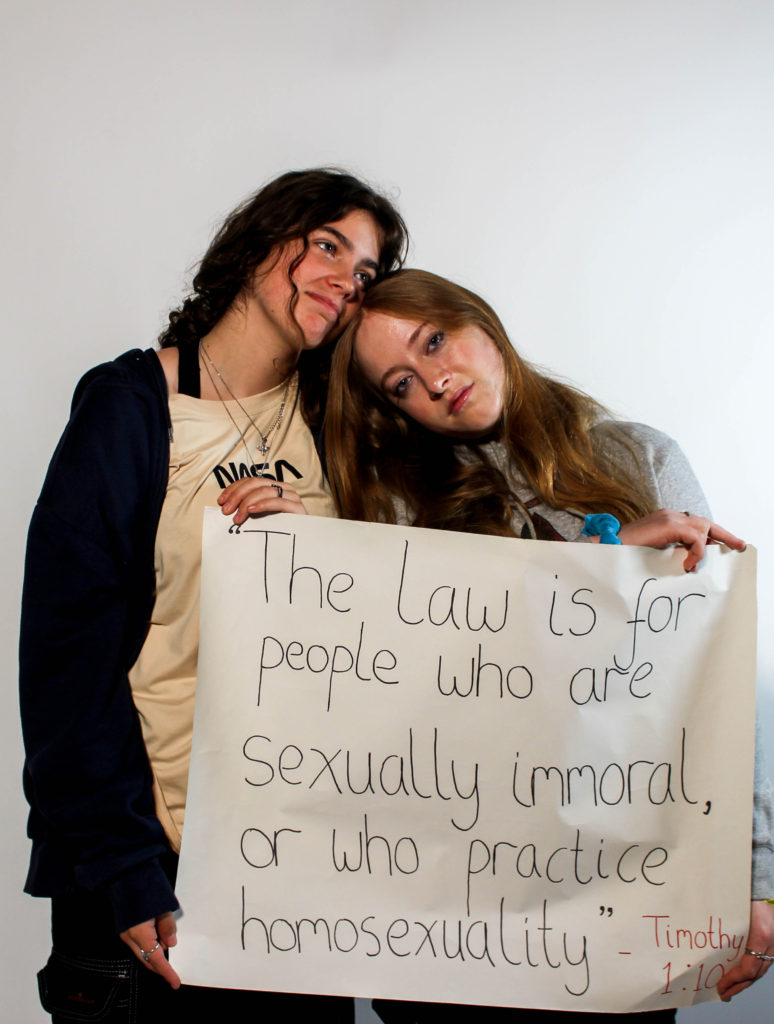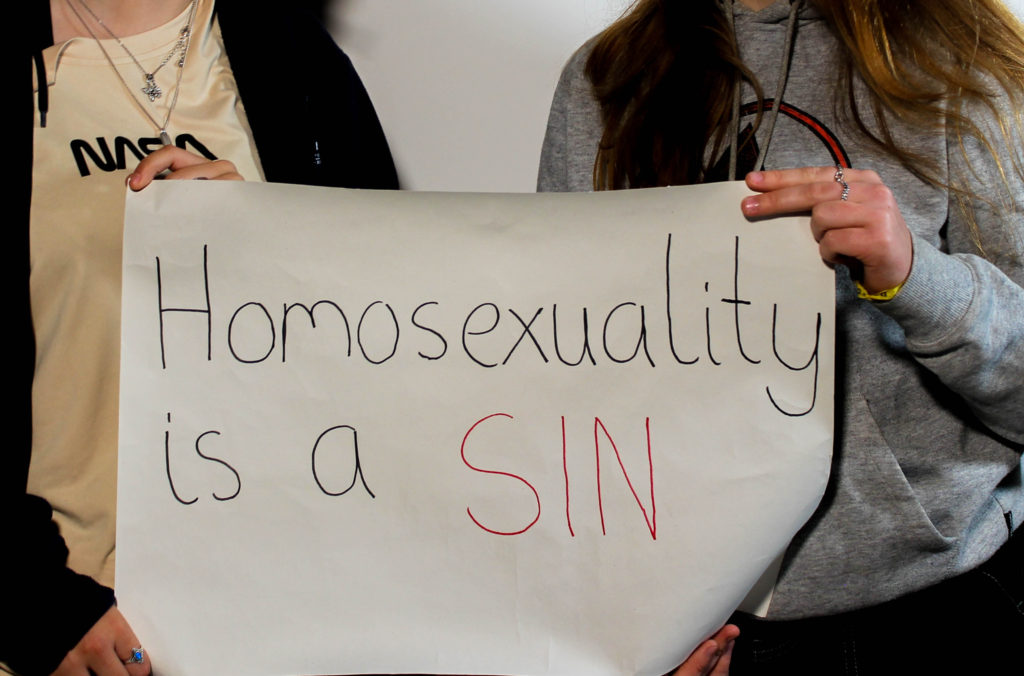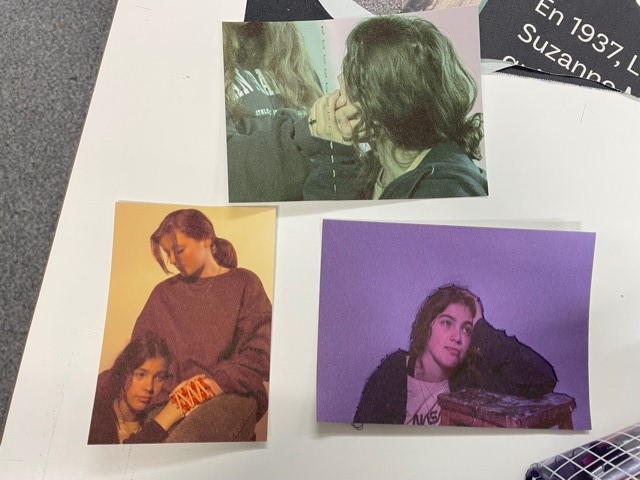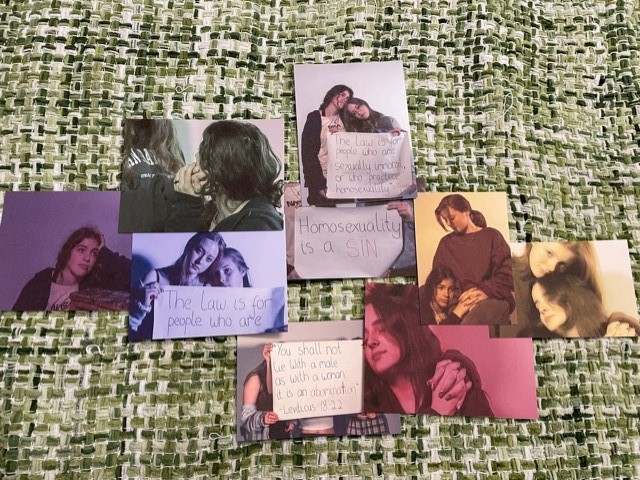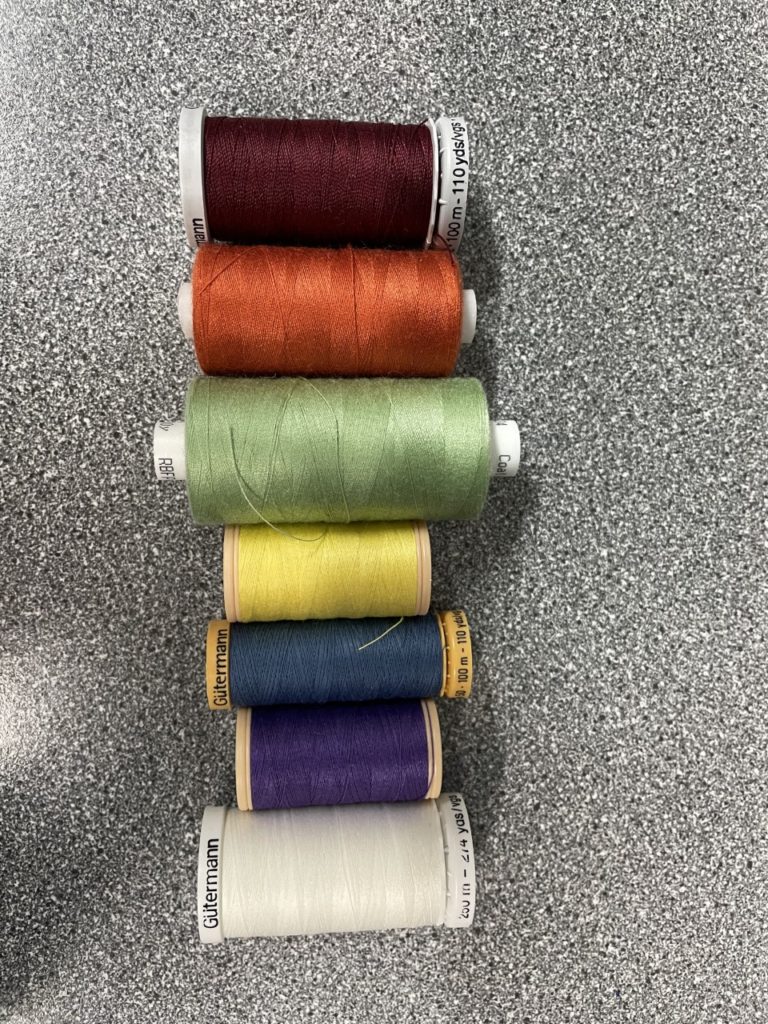What you want to explore?
With this project I want to explore the subject of family, specifically generational and economic struggles that occur, as looking into my family history inspires me to create images that provide a truthful telling of the past. This topic also allows me to gain a wider understanding of my own identity and how I am in the place I’m in now.
Why it matters to you?
This matters to me as I believe that these issues are a part of everyone’s family identity, but in particular these are struggles that the older generations in my family have suffered and have had to work hard to distance themselves from. However these subjects are usually avoided when looking back on your family identity, due to it sometimes being considered taboo to talk about such topics, meaning you are sometimes unable to fully grasp the reality of your personal history. It is also something that I wish to learn more about myself as I continue this project, and hope to be closer to my family as a result of it. In addition, I believe it is important to talk about these things in order to destigmatise domestic struggles and not feel the need to present a picture perfect family.
How you wish to develop your project?
I wish to develop this project using various different mediums, such as stitching, collage and drawing in order to create my images. This is due to being inspired by artists such as Clarissa Sligh and Carolle Benitah, who produce their work in a similar manner. My aim is to do this using family archive photographs, documents and new sets of images that showcase my family in the present. With this I am hoping to focus on the upbringing and adult lives of my grandparent, comparing it to the lives they have created for their children and myself.
When and where you intend to begin your study?
I intend to begin this study by producing my first set of photographs in my house as well as other domestic settings taking family portraits, which will be staged. Once I create more artist studies I will have a better understanding of the style in which I want to shoot and what my final products will look like, using these artists as inspiration. After this I will be able to start these shoots during the holidays, as my family will be coming over for a short time from England.

